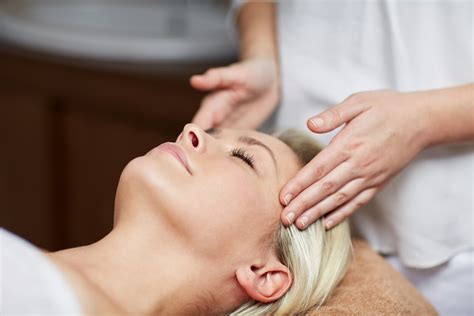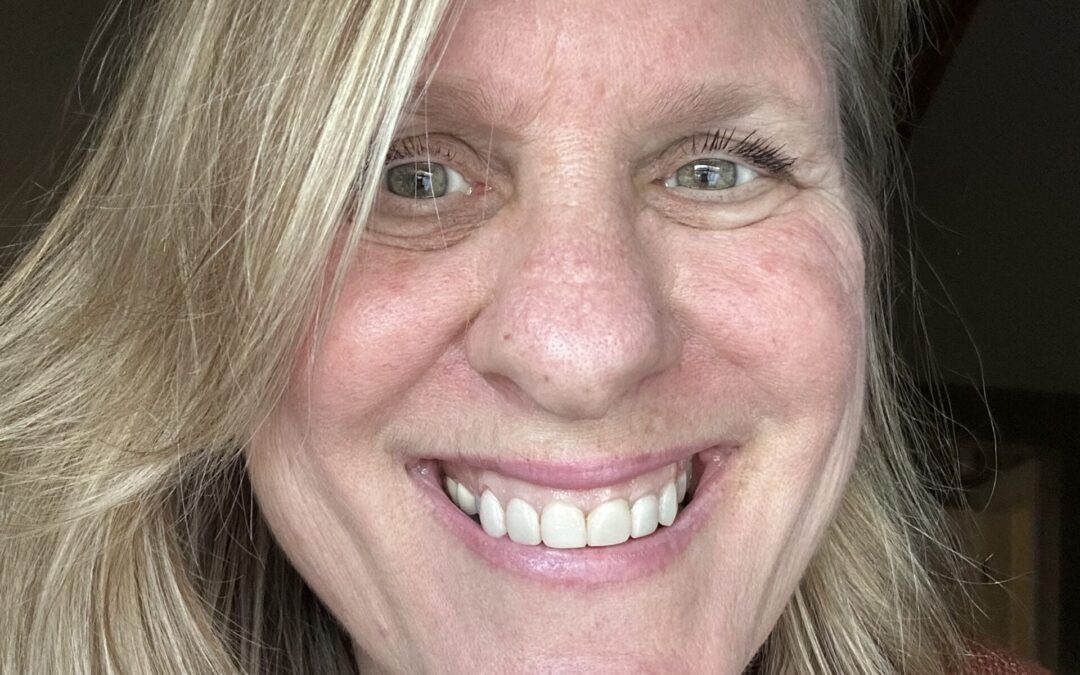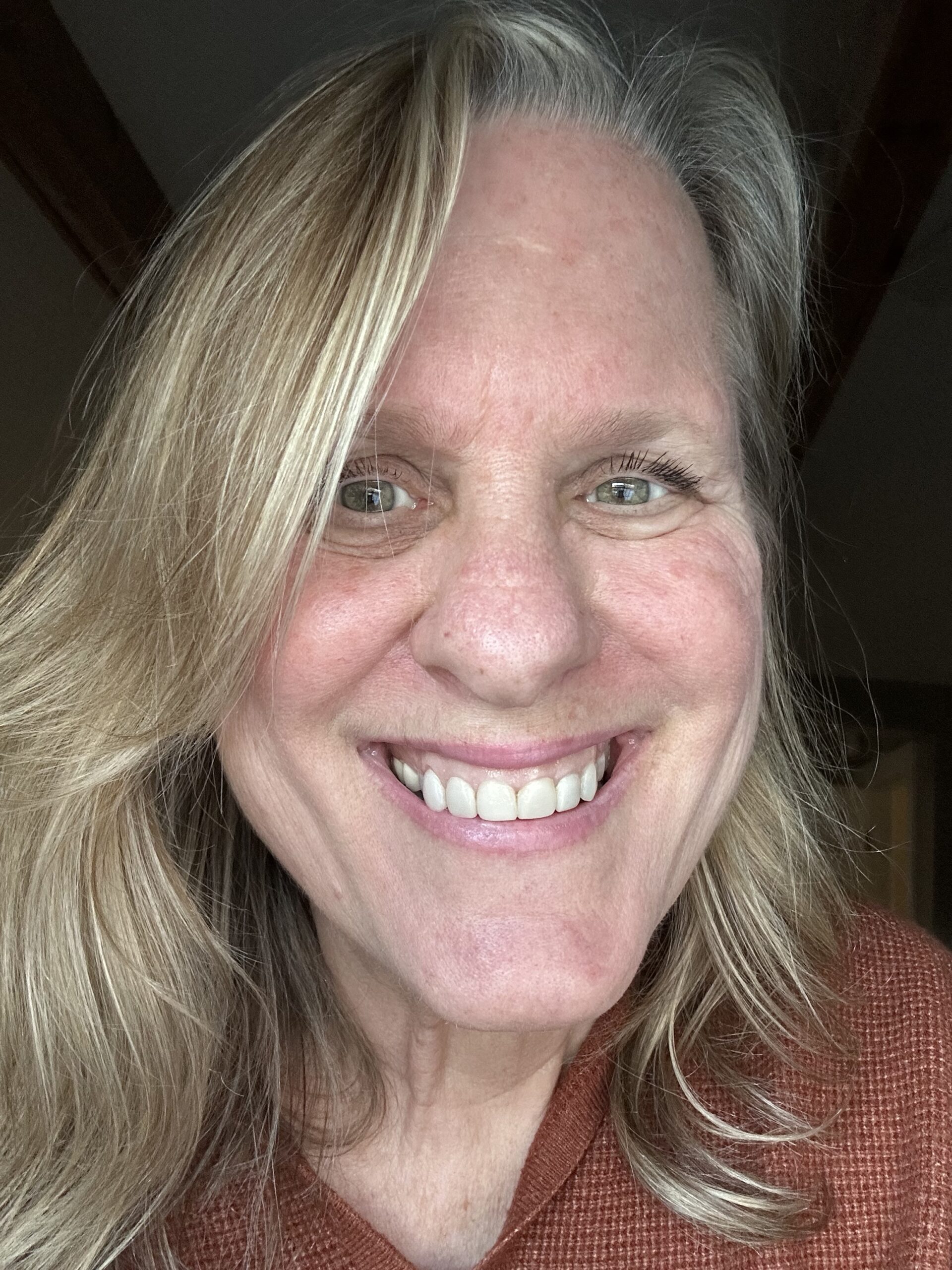Driving Strains and Stress: Craniosacral Therapy Columbus
The Hidden Strain and Stress of Driving: What Your Body Feels Behind the Wheel
We rarely think of driving as a form of repetitive stress—but for those of us who drive often or for long periods, the body starts to whisper… then shout.
One of the most overlooked areas of strain comes from something seemingly simple: pressing the gas and brake pedals. This small movement, repeated over and over, creates a subtle but real imbalance in the body.
Fascia: The Web That Holds the Story
Fascia is the connective tissue that wraps around every muscle, bone, and organ—like a second skin. When we sit in a fixed position for extended periods, especially favoring one leg (hello, right foot on the gas!), the fascia begins to thicken and tighten. Over time, this creates restrictions that can cause pain not just in the foot or leg, but all the way up the kinetic chain—into the hip, back, and even shoulders.
Fascia responds to stress, trauma, and posture by molding itself to your habits. Drive enough, and your fascia learns to live in a slightly twisted, compressed pattern. However, it is possible to let go of the stress.
Muscles: A One-Legged Dance
Because driving puts your body in a strange asymmetrical position, your right foot is active, your left passive. The muscles in your right leg—especially the hip flexors, quads, and calf—stay slightly engaged the whole time. This repeated tension, without corresponding movement or balance on the other side, leads to muscular imbalances and potential strain.
Over time, this can cause the pelvis to tilt and/or rotation, especially if the driver tends to lean slightly with one side of the body while driving (which many of us do unconsciously). That tilt can cause compensations all the way up the spine.
Posture: The Silent Saboteur
Let’s talk posture. Most car seats aren’t designed for long-term skeletal alignment. The head leans forward, the low back is rounded, and the shoulders hunch. Combine that with the foot constantly reaching forward and slightly down, and you get a chronic shortening of the psoas muscle—one of the key muscles that connects your spine to your legs.
This stress of locked-short psoas can pull the low back into a compressed curve, cause lower back pain, limit hip mobility, and even affect breathing.
What Can You Do?
-
Switch feet (when safe) – Use cruise control to occasionally relax your dominant foot.
-
Micro-movements – Gently press and release the pedal while parked to keep the fascia and muscles from freezing.
-
Stretch breaks – Every hour, pull over and stretch your hip flexors, calves, and back.
-
Myofascial release – Use tools like foam rollers or balls to gently unwind fascia after long drives.
-
Realign posture – Sit with hips level, back supported, and both shoulders soft and down.
Driving isn’t just transportation—it’s a posture habit which can cause stress. The more we tune in to how it shapes our bodies, the more we can rebalance, release, and realign.
Want help creating a mini movement ritual for post-driving? Just say the word—I’ve got your back (and hips, and fascia).
Craniosacral Therapy is extremely beneficial for postural re-alignment and opening!
Written together by Sharon and Lioraé
Sharon Hartnett CST-D
703 509-1792
www.upledger.com





